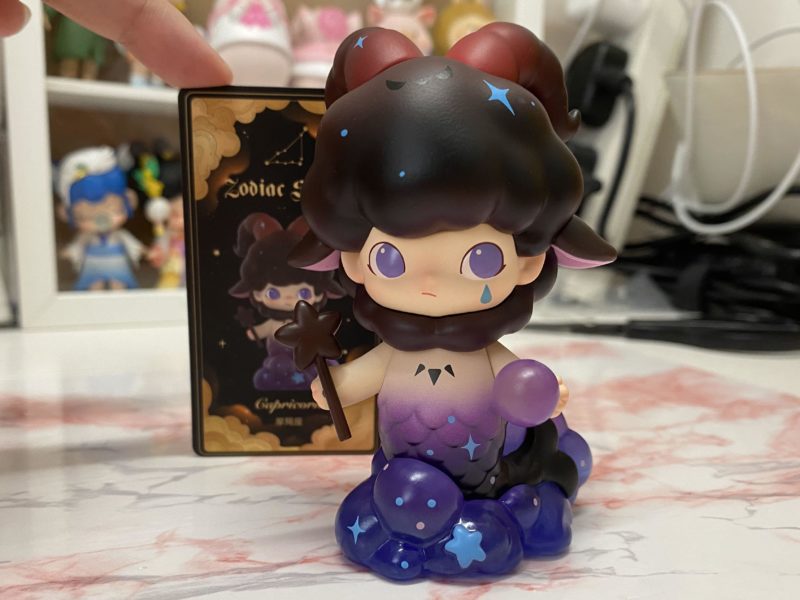A total of 547 new stores opened in China in 2021, surpassing the numbers recorded in 2019 (291) and 2020 (187), according to Yingshang Cloud Think Tank. Retail and food and drink turned out to be the most sought-after, accounting for 80% of the total new storefronts, with 251 and 191 outlets opened respectively.
While homegrown brands showed a strong recovery in the wake of the pandemic, with 368 stores launched last year, overseas brands also sped up their expedition into the Chinese market with more than 170 brands from 21 countries dropping their first stores in China. Japan and the United States tied in first place with 38 storefronts. While Japanese food brands were amping up their presence in China at full speed, American sports brands bet big on China’s sports industry.
Regarding locations, China’s first-tier cities still appear to be the go-to for the first step, with Shanghai topping the rank, attracting 151 new entrants, half of which were foreign players. Meanwhile, the Southwestern city of Chengdu has been emerging as a new hub for brands’ first stores, with 58 outlets landing last year, making them one of the top 3 cities for first stores, third after the capital city of Beijing (94).
China’s booming cosmetic industry has undoubtedly become the hotspot for foreign investment. With 14% growth, the country saw retail sales of beauty products surpass 400 billion RMB ($62.9 billion) in the year of the pandemic, setting the highest record in nine years.
Such a strong appetite for beauty consumption has drawn in global brands, who made up over 70% of cosmetic brands that opened their first stores in China last year – a more than double year-on-year increase. While high-end cosmetic brands became the backbone, the dominance of French brands in the industry seems to have weakened with alike products from other countries rushing into the race. Included were Swiss premium anti-aging cosmetic brand Niance, Baum, and Laura Mercier under the Japanese beauty brand Shiseido.
On the other hand, the milk tea and coffee drink industries turned out to be another battleground for brands. The trade-up among the new generation of Chinese consumers has also been reflected in brands’ moves, with immersive ambiances such as a greenery lab, intangible cultural heritage, and video gaming being incorporated into the interiors of new storefronts by coffee experts like Starbucks and Tim Hortons. These experiences tap into some of China’s hottest trends ranging from sustainable consumption to the Guochao and video games.
China remains a lucrative market craved by both domestic and foreign brands in a range of industries. With more Chinese cities beefing up their efforts to build up an international consumption centre for local residents, it can be expected that a more open and business-friendly environment will be seen for both local and global brands in the near future.









